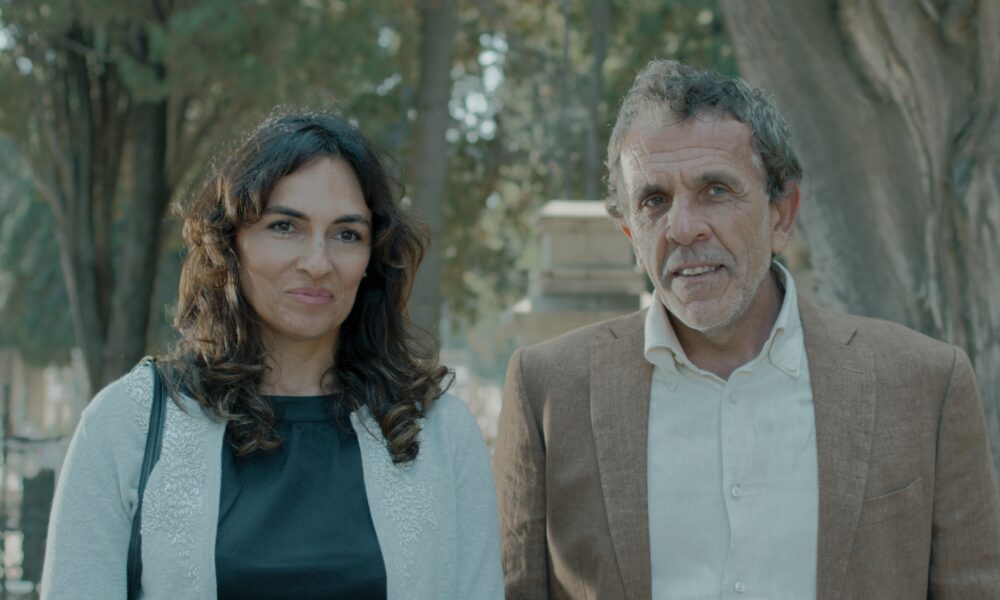After debuting at the San Diego Movie awards, The Happiness Theorem opened in theatres across Canada on Feb. 3. This charming independent Italian production tells an uplifting story of perseverance and community in times of crisis. As one of many in a wave of early-COVID period pieces, the film balances feelings of isolation with hope for the future. The Happiness Theorem brings the spirit of community to life through the creative use of cinematography and a remarkable lead performance from its star, Antonio Tancredi Cadili, crafting a whimsical yet sentimental story.
The film follows Antonio (Antonio Tancredi Cadili), a young boy living in the historic Southern Italian city of Palermo during the first lockdown of 2020. Many will recall the early pandemic images of Italians banging pots and pans together, singing and blasting music to find moments of joy and solidarity in the uncertain and harrowing start to a global shutdown. Similarly looking for entertainment, Antonio decides to sneak off daily to meet his grandfather, Giuseppe (Andrea Tidona), a professional puppeteer. As the lockdown progresses and financial hardships ravage his community, Antonio boosts his community’s morale by following in his beloved grandfather’s footsteps and putting on a rooftop puppet show for the neighbourhood.
The film excels in its use of contrasting interior and exterior shots, reminding the audience of the disorientation that so many children felt in the early days of lockdown. The scenes inside Antonio’s home feel crowded and claustrophobic, with his family members constantly in frame in the background. It seems as if none of these characters ever have a moment of privacy, building tension between the individual family members—eventually serving as a catalyst for more considerable arguments regarding issues of finances and the future of the family’s restaurant. These interior moments are put into context with exterior shots of wide boulevards and historical tourist attractions, completely devoid of people: Stores shuttered, closed, restaurants boarded up, and long lines around the block for pharmacies and grocery stores. A distinct sense of longing, loss of community, and vanished connections hang in the air. While these exact sentiments are never directly expressed by the characters, particularly not by nine-year-old Antonio, they’re felt equally as intensely by the audience.
The film’s strongest performance comes from Cadili, whose commanding presence encapsulates both inspiring juvenile enthusiasm and an extraordinarily mature sense of compassion—not to mention his legitimately impressive puppeteering skills. Even at such a young age, Cadili is a confident and charming lead. He forms captivating connections with nearly everyone he shares the screen with, bringing an effervescent light to the character.
The film’s weakest point, however, is its script, which features rather simplistic, ineffective dialogue. While it is perfectly plausible that a child would speak in a stilted manner, many of the adult characters spoke with a similar diction. A generous reading of the film could view this as a version of the world through the eyes of a child, but it felt more as if the screenplay struggled to find a unique voice for each of the individual characters. The Happiness Theorem creates an authentic portrayal of life in the early pandemic and is a beautiful tribute to an area of the world so gravely affected by it. Despite a lacklustre script, the film is passionately made, delivering beautifully haunting visuals and an endearing child performance. The film excellently portrays recent tragedies on screen without exhausting or exploiting them for the sake of audience reaction. The smaller scale of The Happiness Theorem’s production doesn’t take away from its poignant emotional impact.









